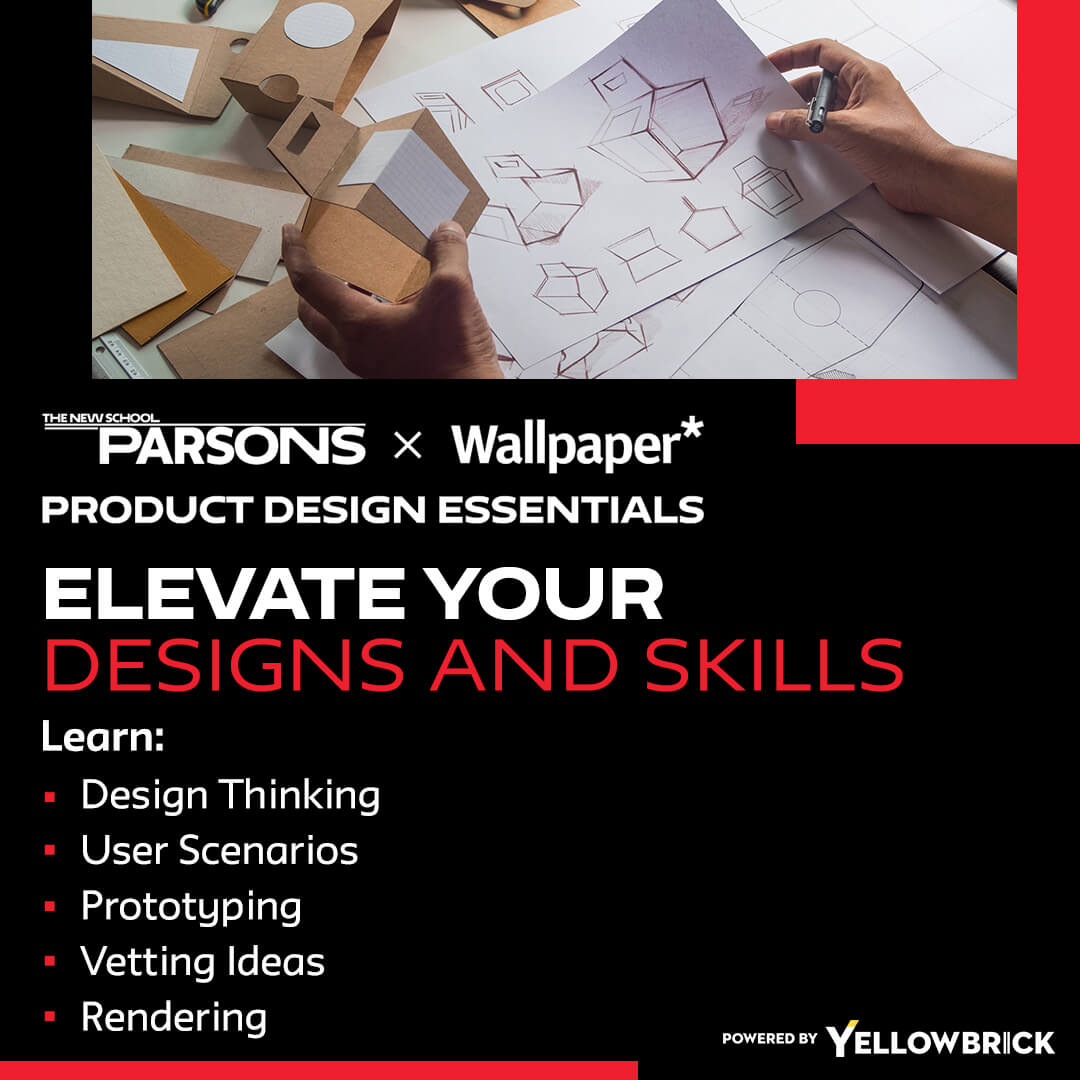Product design strategy plays a pivotal role in the success of any product development process. It involves the thoughtful planning and execution of design principles to create products that resonate with users and drive business objectives. This article delves into the intricacies of product design strategy, exploring key concepts, best practices, and the impact it has on the overall product development lifecycle.
Understanding Product Design Strategy
Product design strategy encompasses the strategic approach to designing products that meet user needs while aligning with business goals. It involves a deep understanding of target audiences, market trends, and competitive landscapes to inform design decisions. By incorporating user research, market analysis, and design thinking methodologies, product design strategy aims to create innovative solutions that deliver value to both users and stakeholders.
The Importance of Product Design Strategy
A well-defined product design strategy is essential for creating products that stand out in the market and resonate with users. By aligning design decisions with user needs and business objectives, organizations can differentiate their offerings, enhance user satisfaction, and drive competitive advantage. Product design strategy also helps streamline the product development process, ensuring that resources are allocated efficiently and design efforts are focused on delivering impactful solutions.
Key Elements of Product Design Strategy
Effective product design strategy encompasses several key elements that guide the design process and shape the final product outcome. Some essential elements of product design strategy include:
- User-Centric Design: Placing the needs and preferences of users at the forefront of the design process.
- Market Research: Conducting thorough market analysis to identify trends, opportunities, and user pain points.
- Design Thinking: Applying a human-centered approach to problem-solving and innovation.
- Iterative Prototyping: Testing and refining design concepts through iterative prototyping and user feedback.
- Cross-Functional Collaboration: Fostering collaboration between design, engineering, and business teams to align on product goals and priorities.
By integrating these elements into the product design strategy, organizations can create products that not only meet user expectations but also drive business success.
Best Practices for Product Design Strategy
To develop a robust product design strategy, it is essential to follow best practices that ensure the alignment of design efforts with overarching business objectives. Some best practices for product design strategy include:
- Define Clear Objectives: Establish clear goals and objectives for the product design process to guide decision-making.
- Understand User Needs: Conduct user research to gain insights into user behaviors, preferences, and pain points.
- Iterative Design Process: Embrace an iterative design process that allows for continuous refinement and improvement.
- Prototype and Test: Create prototypes to gather user feedback and validate design assumptions before finalizing the product.
- Measure Success: Define key performance indicators (KPIs) to measure the success of the product design strategy and iterate based on data-driven insights.
By incorporating these best practices into the product design strategy, organizations can optimize their design processes and deliver products that meet user expectations and business objectives.
Top 10 Jobs in Product Design
Product design strategy opens up a diverse range of career opportunities for design professionals looking to make an impact in the industry. Some of the top 10 jobs in product design include:
- Product Designer: Creating innovative and user-centric product designs across industries.
- UX/UI Designer: Designing intuitive and engaging user experiences for digital products.
- Design Strategist: Developing design strategies that align with business objectives and user needs.
- Industrial Designer: Creating aesthetically pleasing and functional product designs for mass production.
- Design Researcher: Conducting user research and usability testing to inform design decisions.
- Creative Director: Leading design teams and overseeing the creative direction of projects.
- Service Designer: Designing holistic service experiences that meet user expectations and business goals.
- Design Manager: Managing design teams and projects to ensure successful product outcomes.
- Design Educator: Teaching and mentoring aspiring designers in educational institutions or workshops.
- Freelance Designer: Offering design services on a project basis to clients across industries.
Each of these roles presents unique opportunities for design professionals to contribute to the creation of impactful and innovative products.
Key Strategies for Success in Product Design
Success in product design hinges on the effective implementation of product design strategy. To excel in the field of product design, designers should focus on honing the following key strategies:
- User Empathy: Understanding user needs and motivations to create products that resonate with users.
- Cross-Functional Collaboration: Working collaboratively with cross-functional teams to align design efforts with business goals.
- Continuous Learning: Staying updated on design trends, tools, and technologies to enhance design skills and expertise.
- Iterative Design Process: Embracing an iterative design process that allows for experimentation, feedback, and refinement.
- Data-Driven Decision-Making: Leveraging data and analytics to inform design decisions and measure the impact of design efforts.
By integrating these strategies into their design practice, designers can elevate their work, drive innovation, and deliver exceptional product experiences.
Innovating with Product Design Strategy
Product design strategy serves as a guiding framework for designers to innovate, create value, and drive business success through product development. By leveraging the principles of user-centered design, market research, and iterative prototyping, designers can craft products that meet user needs, exceed expectations, and differentiate themselves in the competitive landscape.
Embracing a strategic approach to product design not only enhances the design process but also leads to the creation of products that resonate with users and drive business growth.
The Future of Product Design Strategy
As technology continues to evolve and user expectations shift, the role of product design strategy will become increasingly critical in shaping the future of product development. Designers who embrace strategic thinking, user-centric design principles, and collaboration will be well-positioned to lead innovation, drive change, and create products that make a lasting impact on users and businesses alike.
By staying agile, adaptable, and forward-thinking, designers can navigate the complexities of the design landscape and pave the way for the next generation of product design excellence.
Key Takeaways:
- Product design strategy is essential for aligning user needs with business goals, ensuring design decisions are both user-focused and strategically sound.
- It involves key elements such as user-centric design, market research, design thinking, prototyping, and cross-functional collaboration to guide product development.
- Following best practices—like setting clear objectives, validating designs through testing, and measuring success with KPIs—enhances the effectiveness of design strategy.
- Career opportunities in product design are diverse, including roles like Product Designer, UX/UI Designer, Design Strategist, and Creative Director.
- Success in product design requires user empathy, continuous learning, collaborative skills, and a commitment to data-driven decision-making.
- As the industry evolves, strategic thinking and innovation will continue to be key drivers of product design excellence and career growth.
Product design strategy is integral to successful product development, aligning user needs with business goals. Key elements include user-centric design, market research, and iterative prototyping.
To further elevate your design skills, consider enrolling in the Parsons Product Design Essentials online course and certificate program offered by Yellowbrick.








